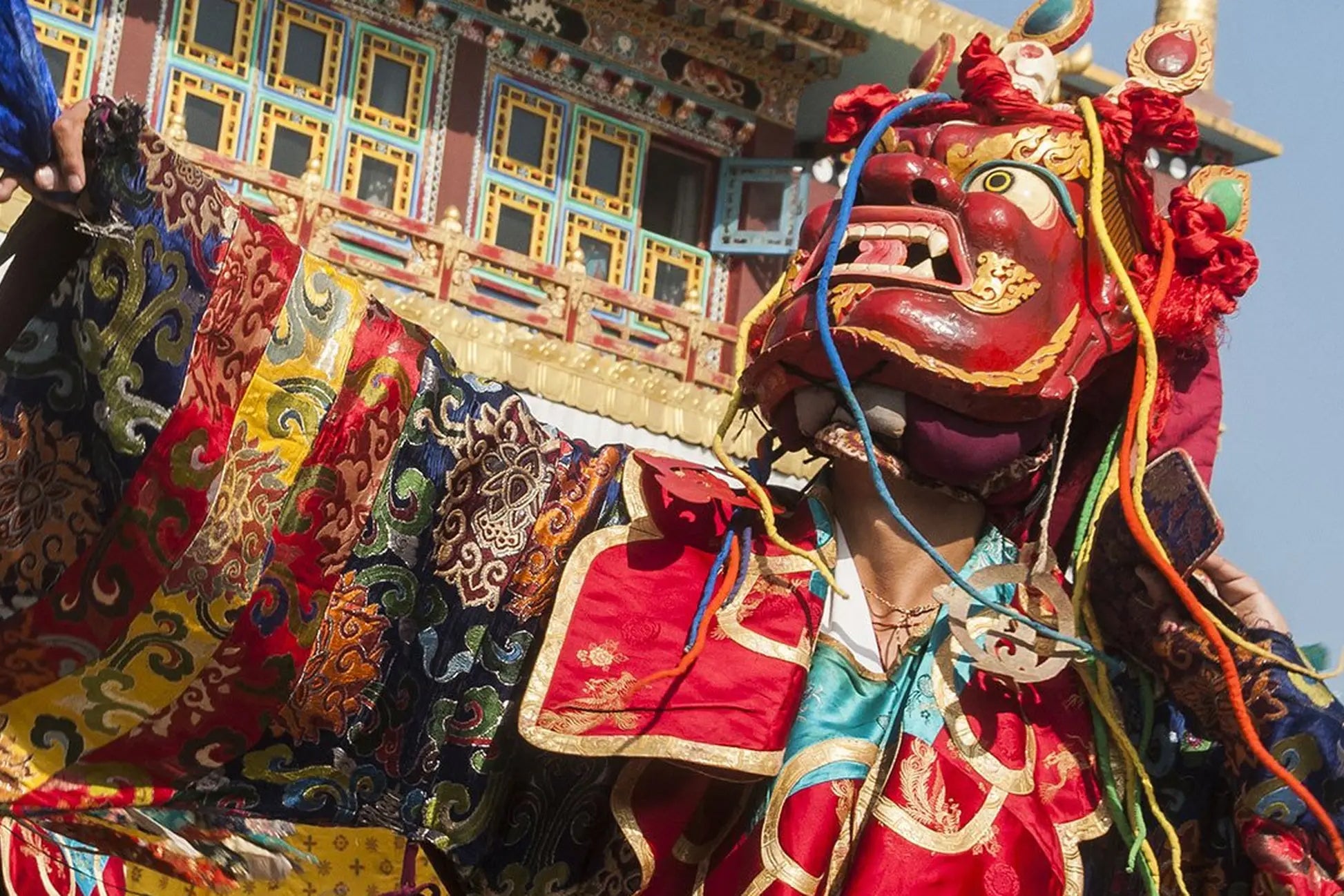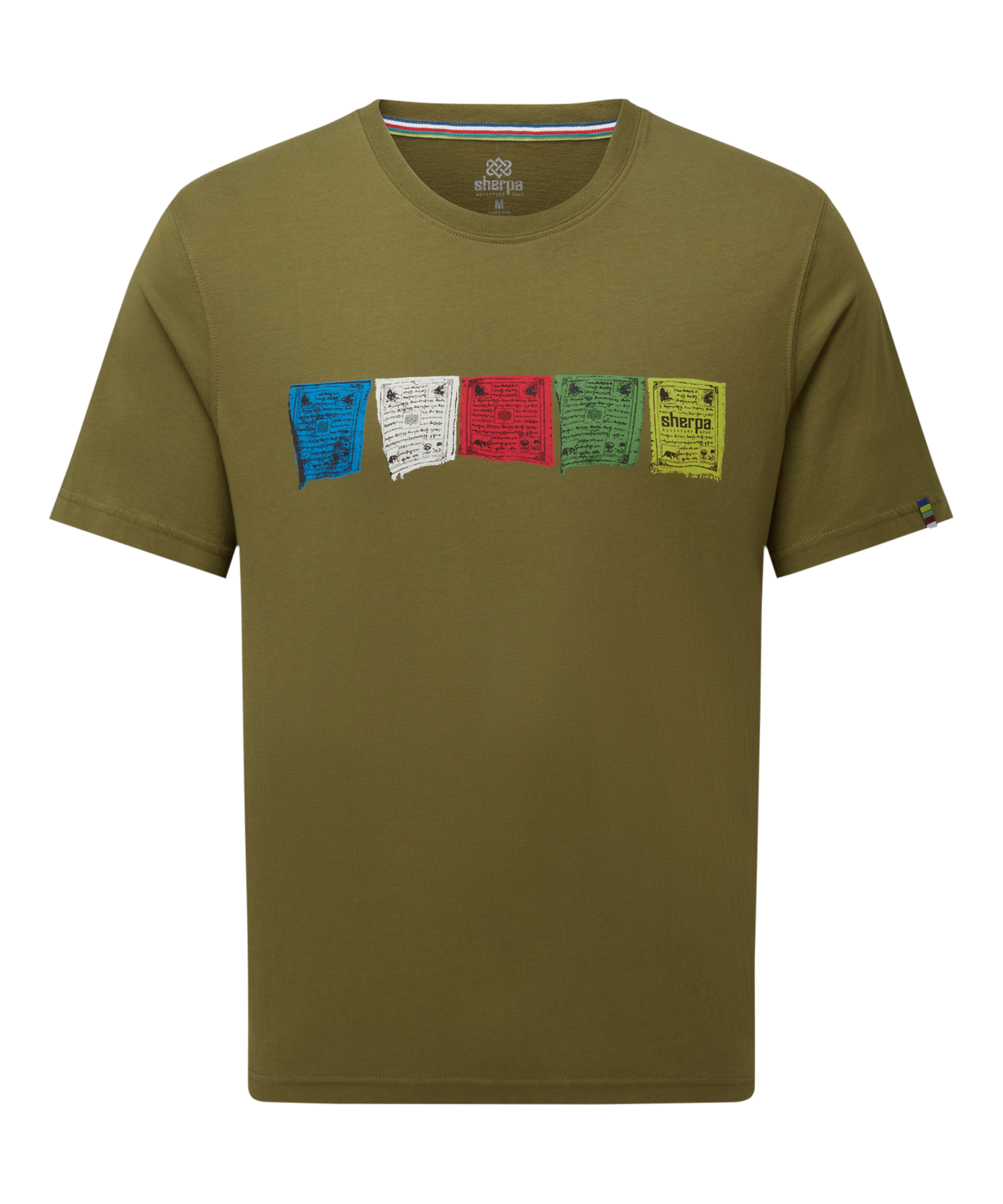
Celebrating Gyalpo Losar
In February, the people of Nepal, Tibet and many neighboring Asian countries begin preparations for a holiday known as Losar, which celebrates the start of the Tibetan new year. The term Losar is derived from two words: Lo, meaning year, and Sar, the word for new.
At Sherpa Adventure Gear, we honour our Himalayan heritage by embracing the spirit of Losar and sharing its unique customs with you.
The Essence of Losar
Modern Losar celebrations typically last about two weeks with the celebrations revolve around food, family and festivities. Losar traditionally begins with participants preparing a special Sherpa snack – Khapse, a deep-fried pastry commonly eaten during the Losar that symbolizes the start of holiday celebrations.
Losar Traditions and Celebrations
Two days before the Losar, everyone in a Sherpa family gathers and enjoys a special soup called Gutung, which is prepared with a combination of nine different kinds of beans. Tradition states that each member of the family should have nine bowls of this soup. Gutung is also served with a special type of dumpling, which contains different hidden objects used in the place of fillings. These hidden items are often strange, such as wood, salt, or even coal, and are jokingly meant to relate to the character of the person they are chosen for.
The day before Losar, families gather to clean and decorate their homes. That same evening, once the clock strikes midnight, the traditional greeting “Tashi Delek” is exchanged, and friends and family stay up late to welcome each other to the new year. The following morning many Sherpa change the Dhoja, or prayer flags, in their homes, symbolizing a fresh start to the year. The day continues with a special beverage called Changkol, made from Chaang (a Tibetan version of beer). People celebrate by singing or dancing to traditional Sherpa songs, eating and drinking.
In the following days, the celebration intensifies with ceremonial dances, often depicting the ancient struggle between demons and gods. These dances, performed at local monasteries, serve as a dramatic representation of the triumph of good over evil.
In the evening, the celebrations wind down and families and loved ones all sit down to have dinner, marking the beginning of the new year. Although the traditions of Losar have adapted for modern times and busier schedules, the joy, energy and essence of Losar are still the same.
Join the Losar Celebrations
As we celebrate Losar, we invite you to explore our collection and embrace the traditions that inspire us. Whether you're embarking on a new adventure or seeking to connect with a rich cultural heritage, Sherpa Adventure Gear offers apparel that embodies the resilience and beauty of the Himalayas.
From all of us at Sherpa Adventure Gear, Losar Tashi Delek—wishing you happiness, prosperity, and good health in the New Year!



















